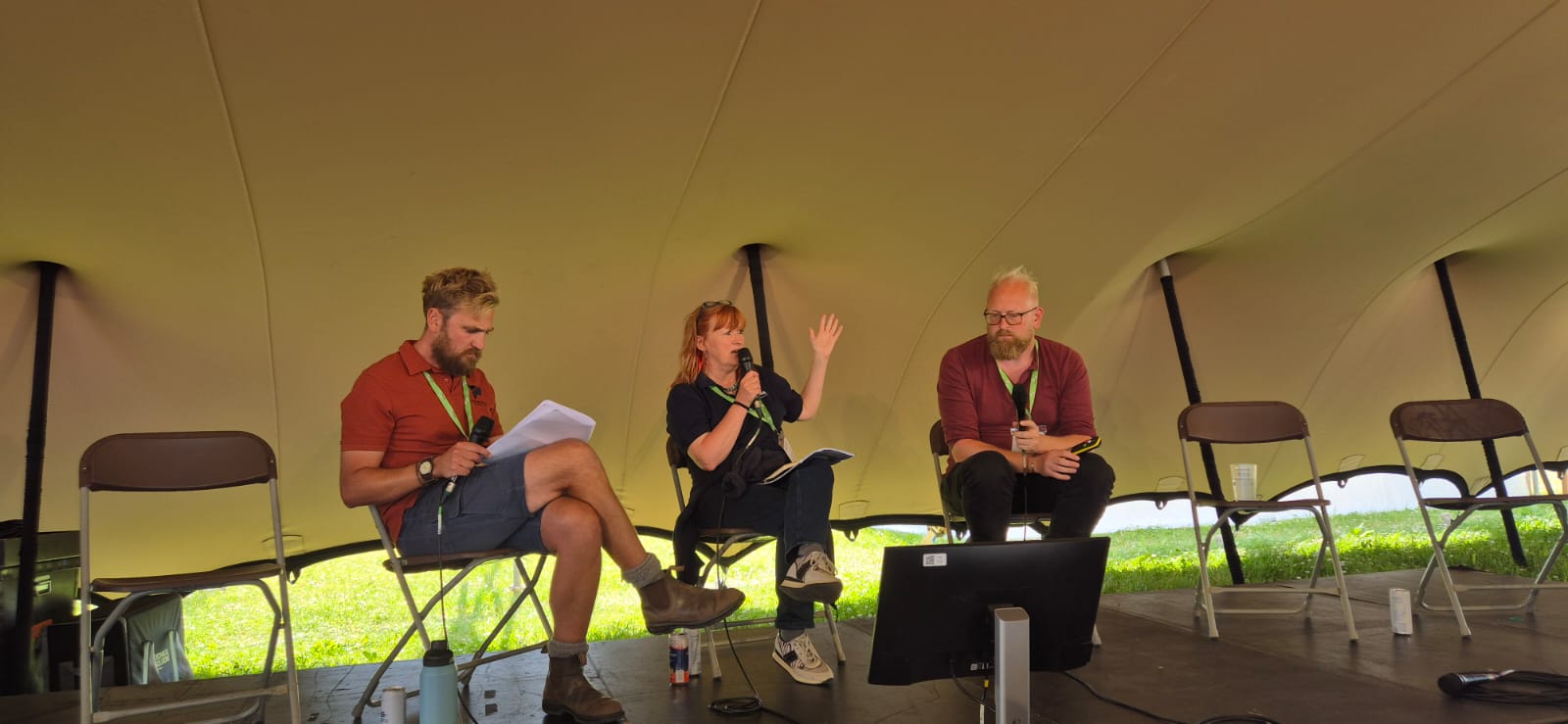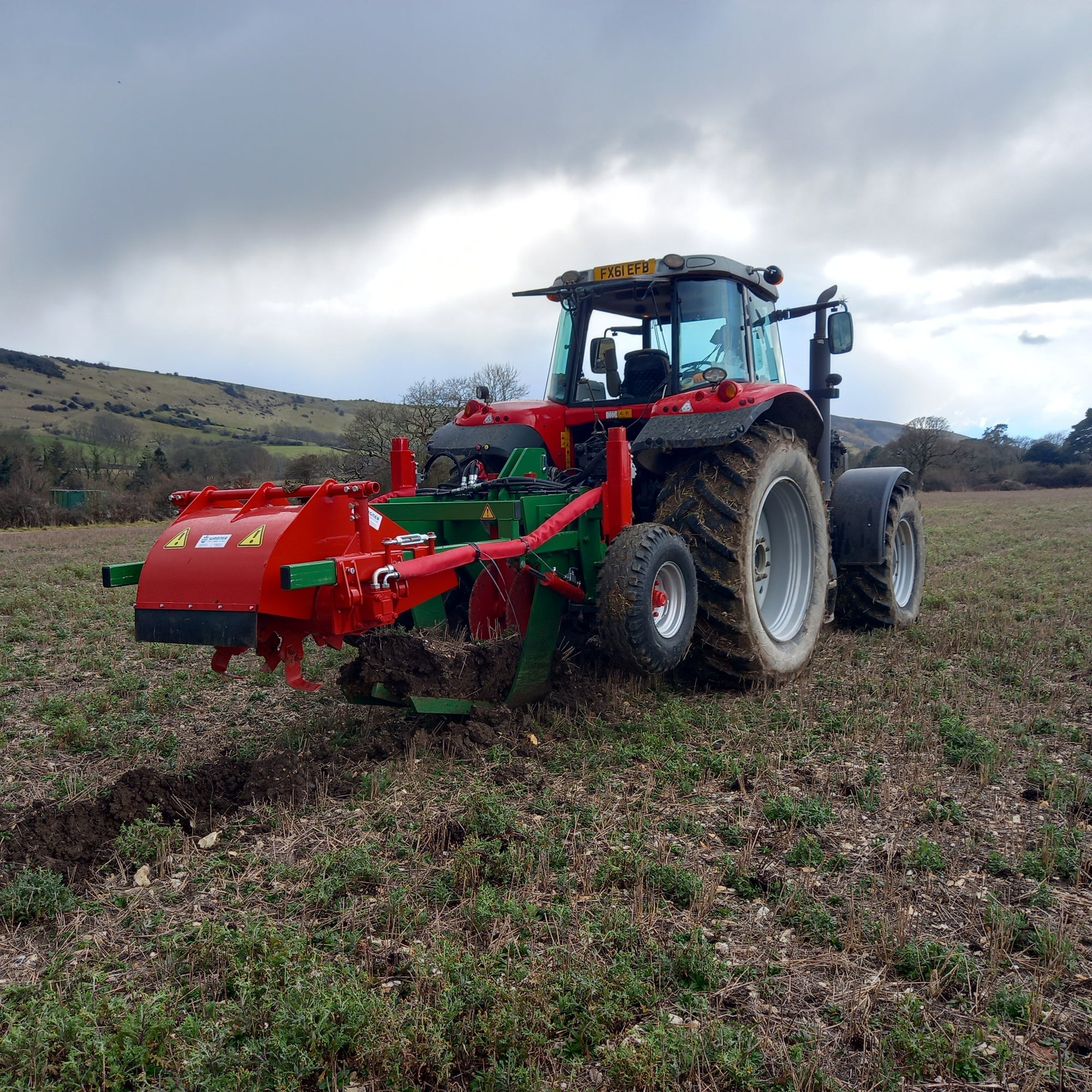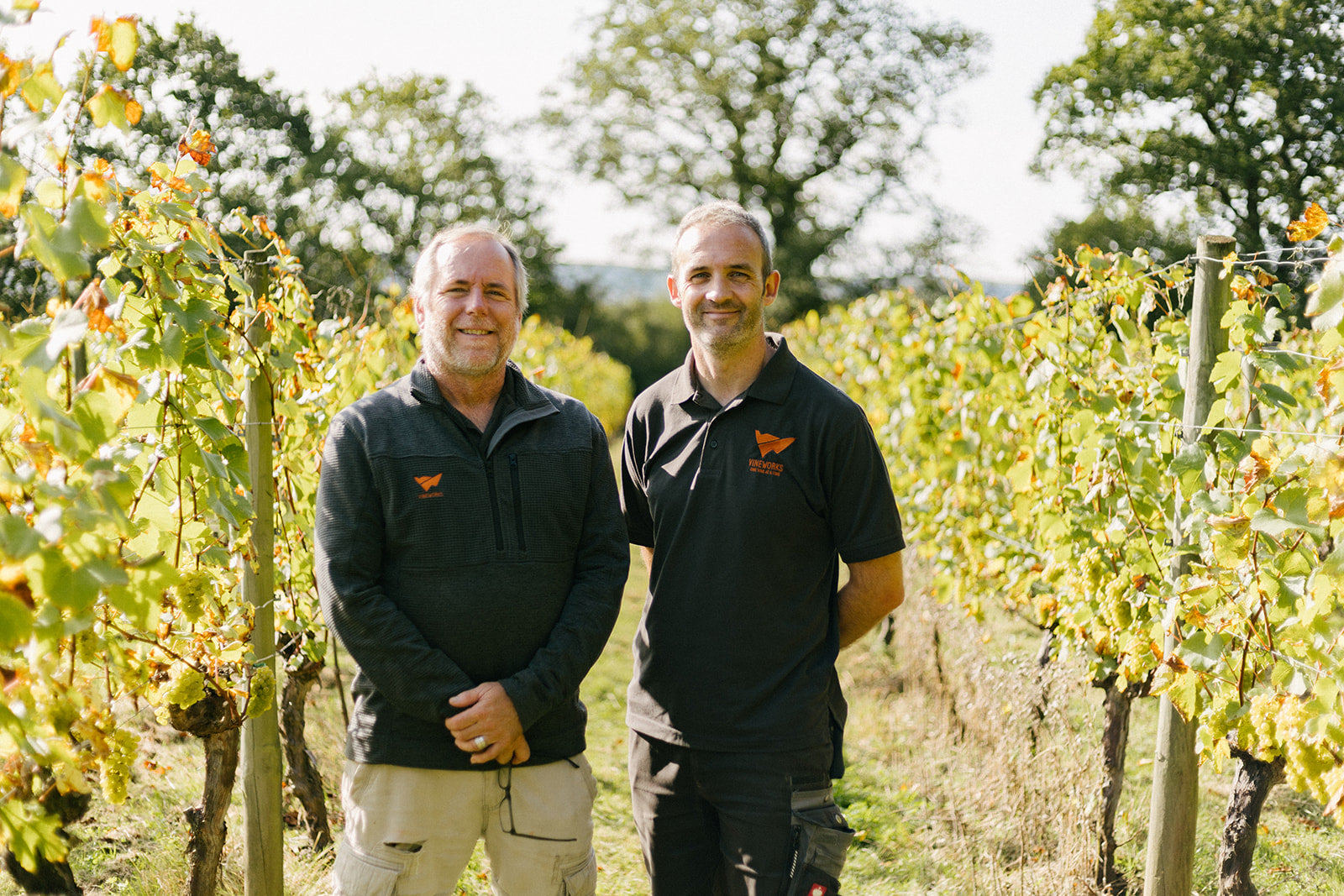

An Introduction to Regenerative Viticulture
Regenerative agriculture is an approach to farming that aims to be good to the environment and primarily focuses on regenerating soil.
This month, we caught up with Dr. Belinda Kemp, the Group Leader at the National Institute of Agricultural Botany (NIAB) providing scientific leadership in viticulture and oenology research, and Luke Spalding, General Manager of Everflyht Vineyard and a practitioner of regenerative viticulture, at the Groundswell Agricultural Festival for a chat about where the wine sector is in terms of integrating regenerative viticultural principles into UK vineyards.
Why is regenerative agriculture relevant to vines?
Belinda: Regenerative agriculture is relevant to perennial crops planted on land that is passed down to future generations. It is a restorative practice that will ensure the health of the vineyard, especially the soil, decrease the need for nutrient inputs, and develop a sustainable, thriving ecosystem.
Where did you both first come across regenerative viticulture
Belinda: I first came across it in New Zealand when I was there to undertake my PhD in 2007. Many vineyards I visited were blending traditional vine growing with innovative, sustainable vineyard management approaches backed by science. In fact, most countries I’ve visited have regeneratively managed vineyards, but not all regions/countries refer to the management of their vineyard in terms of ‘regenerative viticulture’. Terms such as ‘sustainable’, ‘environmentally friendly’, ‘holistic’, or ‘nature-based farming’ are used in different parts of the world.
Luke: I hadn't seen regenerative practices applied in vineyards before I joined Everflyht, but was aware of some interesting studies coming from livestock and arable farming that were employing regenerative methods and wondered if this could transfer into vineyards and orchards. Regen seems to be big in America across most sectors of farming, but most of what I have seen in the UK relates to livestock and arable farming. There is a lot of information available via social media with farmers sharing knowledge, not to mention John Kempf’s podcasts.
Does regenerative viticulture improve grape quality/condition, or is it more for the greater good of the farm’s biodiversity and reducing impact on the environment?
Luke: That’s a big question to which I don’t think we have the answer. I think more research is needed and a wider understanding of the systems in play. A lot of work has been done on organics and little has been shown to improve wine and grape quality via sensory panels. The same can be said about biodynamics. I think we must look more at the vine’s health, soil health and the vineyard’s ecosystems overall biodiversity to really see the benefits of regen.
Belinda: As a scientist, the focus we see in studies is almost always on reducing impact on the environment, improving biodiversity, and enhancing soil health. Less attention has been given in peer reviewed literature on the grapes and/or wine composition. I would like to see that change, so that long-term studies always include the yield, grape/juice composition and wine analysis.
Where do you think the UK industry is currently with regenerative viticulture?
Luke: I think we have some fantastic growers doing organic and biodynamics, I also think we have some great growers just doing the right things with their site considering our challenging climate. I think regenerative farming needs to define what it involves. I don’t think we have figured out what an active and progressive regenerative viticulture system looks like yet. I know I have not figured it out.
Belinda: I think it depends on the context - are we comparing UK vineyards with other countries? However, I’d like to see more regenerative viticulture practices based on regionally specific science. For example, the Woodland Trust did a survey of trees (the report is on their website) and the majority of UK willow tree leaves were high in zinc - a higher zinc limit than sheep can take. Therefore, if a vineyard introduces sheep to graze, they need to consider if the sheep can reach the willow leaves. What is the zinc level in the leaves of your site’s willow trees? If the sheep consume willow leaves, could the high zinc levels harm them? These sorts of questions need to be investigated before introducing trees or other plants into vineyards.
At VineWorks, our team of viticulturists use the latest technologies and research to give our clients tailored advice to suit their vineyard’s specific needs to achieve the best outcome ONE VINE AT A TIME.
To find out more about regenerative agriculture and viticulture, visit Groundswell’s YouTube channel and check out John Kempf’s podcasts on https://regenerativeagriculturepodcast.com/



